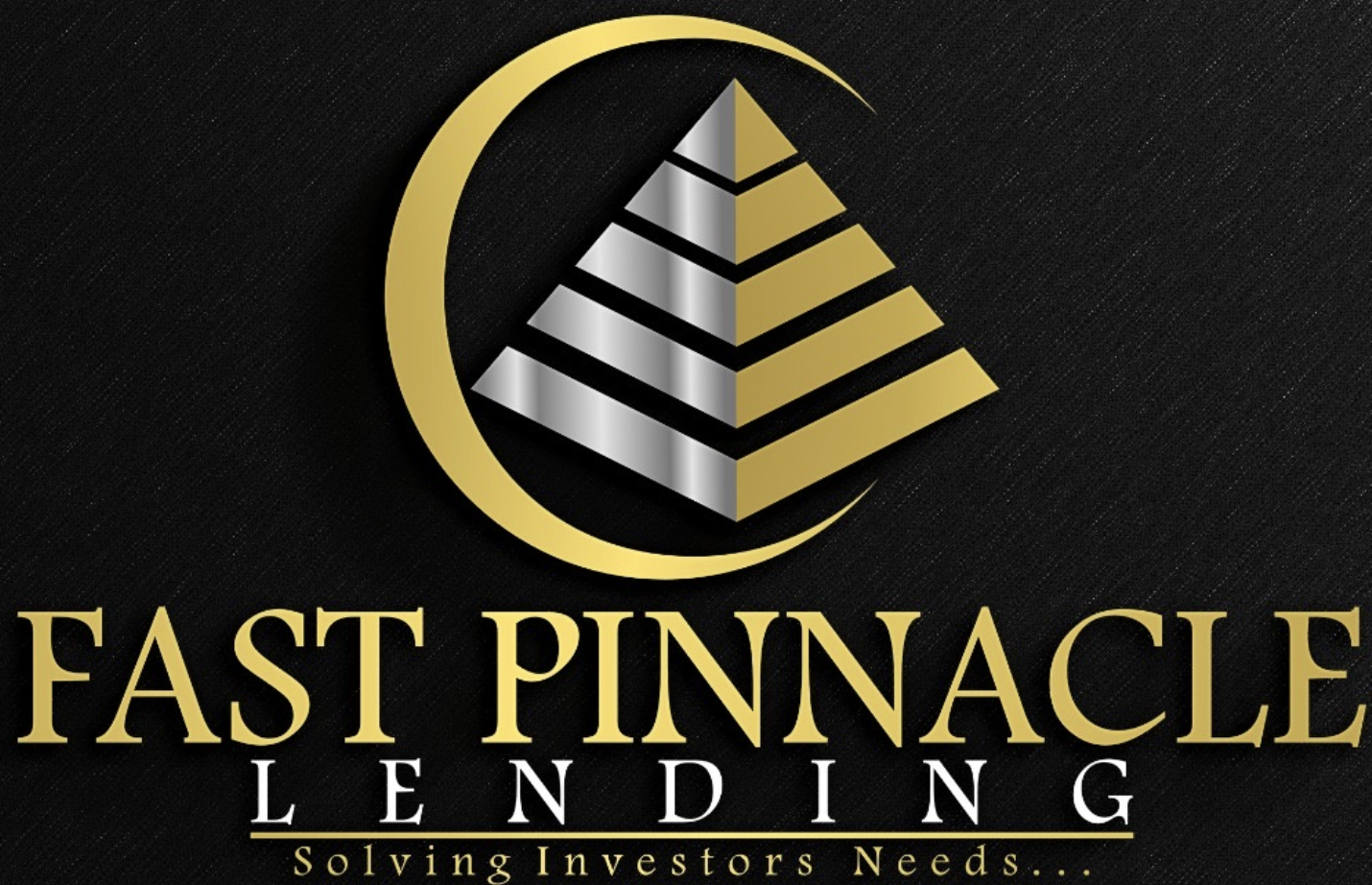The BRRRR method offers real estate investors an efficient way to maximize profits and build…
Investment Property Loans for Every Stage of Real Estate

Building a profitable real estate portfolio can be complex. Each investment property’s success hinges on where you are in your journey and the specific goals for your project. It’s crucial to understand the real estate investment lifecycle and the financing options at each stage, like Investment Property Loans, DSCR loans, fix and flip loans, bridge loans, and construction loans. These loans offer real estate investors the flexibility needed to grow their rental properties and maximize rental income.
Understanding the Real Estate Investment Lifecycle
Real estate investors must navigate multiple stages, from acquiring an investment property to managing it for rental income or selling it for a profit. The stages include:
- Acquisition
- Development/Renovation
- Management/Operation
- Exit/Sale
The financing options you choose will depend on the stage of your investment, the current property value, and future rental income potential. Let’s explore the stages in more detail, including how investment property financing options like bridge loans, DSCR loans, fix and flip loans, and construction loans can support real estate investors.
Acquisition Phase: Getting Started with Investment Property Loans
In the acquisition phase, real estate investors focus on purchasing investment properties—often at a discount. Financing options like investment property loans are essential for preserving cash flow while acquiring new properties. Popular choices at this stage include DSCR loans, bridge loans, and hard money loans.
- DSCR loans are a great fit for acquiring rental properties because they assess the property’s rental income potential rather than your credit score or personal assets.
- Bridge loans offer short-term financing, helping investors close deals faster.
- Hard money loans are another short-term option, perfect for investors needing quick funding to secure investment properties.
Development Stage: Enhancing Property Value with Fix and Flip Loans
Once the acquisition is complete, many investment properties require upgrades to increase their market value. Financing options such as fix and flip loans and construction loans help real estate investors with the necessary funds to renovate properties for higher returns.
- Fix and flip loans are ideal for properties you plan to refurbish and quickly resell.
- Construction loans provide the funding for more extensive development or construction of new rental properties.
- Bridge loans can also be helpful in this stage, offering interim financing until the property can be refinanced or sold.
For real estate investors looking to add value and maximize returns, leveraging the right financing during the development stage is critical.
Operation Stage: Maximizing Rental Income with Investment Property Loans
During the operation stage, the focus shifts to managing rental properties for stable rental income. Real estate investors must handle leasing, property maintenance, and tenant management. Long-term DSCR loans or working capital lines of credit are commonly used during this phase to cover ongoing operational expenses.
Rental income from tenants typically serves as the primary source for paying off loans, such as rental property loans or DSCR loans, ensuring positive cash flow and financial sustainability.
Exit/Sale Stage: Profiting from Investment Properties
The final phase of the real estate investment lifecycle involves either selling the property for a profit or continuing to generate income from rental properties. For real estate investors looking to sell, bridge loans can help cover short-term expenses like closing costs. Alternatively, refinancing an existing loan can generate cash flow for future investment property loans.
For those holding onto properties, cash-out refinancing is an excellent way to leverage equity, increase liquidity, and fund new investment opportunities.
Financing Options for Every Stage of Real Estate Investment
Understanding which financing options to use at each stage of the real estate investment lifecycle can significantly impact the success of real estate investors. Here’s a breakdown of key financing options:
- DSCR Loans: Ideal for financing rental properties based on rental income.
- Fix and Flip Loans: Perfect for acquiring, renovating, and reselling properties quickly.
- Bridge Loans: Short-term financing to cover gaps between buying and selling.
- Construction Loans: Provide funding for building new properties or significant renovations.
- Hard Money Loans: A fast, collateral-based loan option for securing properties quickly.
Refinancing to Maximize Investment Property Returns
After stabilizing a property, refinancing can unlock further opportunities. Cash-out refinancing allows real estate investors to leverage property equity, providing capital for additional acquisitions or improvements. By refinancing rental property loans, you can often secure better terms or access cash for future investments.
The Bottom Line
Financing is crucial throughout the entire real estate investment lifecycle. Whether you’re in the acquisition, development, operation, or exit phase, choosing the right financing solution—investment property loans, DSCR loans, fix and flip loans, bridge loans, or construction loans—will set you up for success.
Investment property loans are especially beneficial, providing real estate investors the flexibility to scale their portfolios and generate consistent rental income. The right mix of rental property loans and refinancing options can optimize your returns, ensuring your real estate investment strategy thrives.




